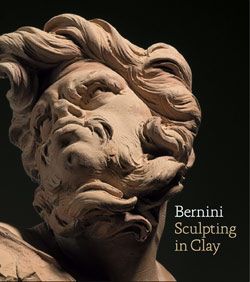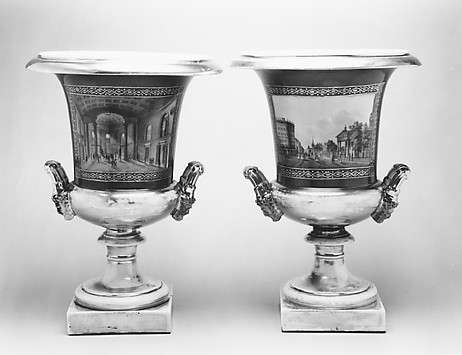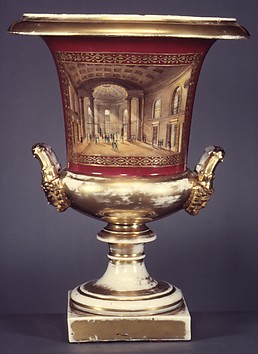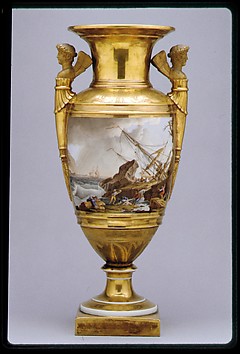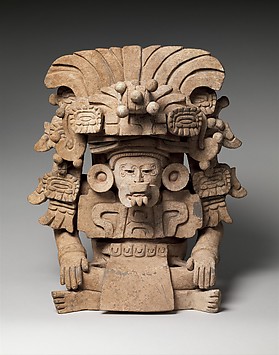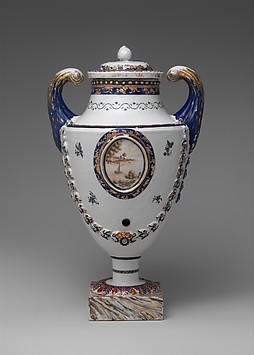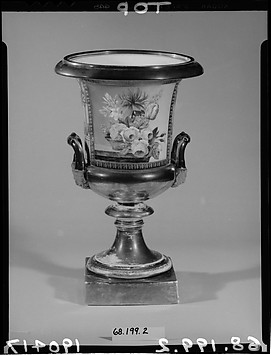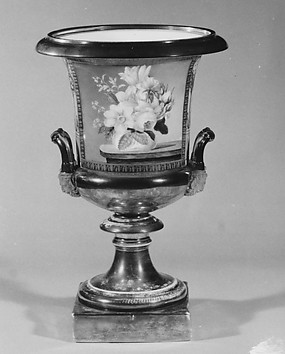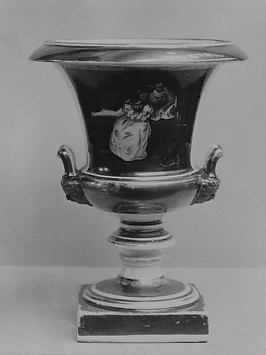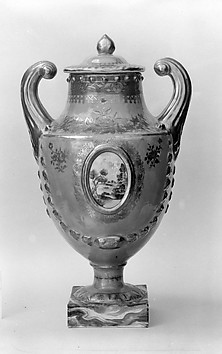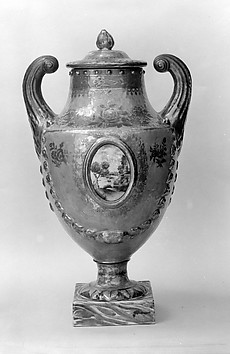The brilliantly expressive clay models created by Gian Lorenzo Bernini (1598–1680) as "sketches" for his masterful works in marble and bronze offer extraordinary insights into his creative imagination. Marked with impressions from the artist's fingers and tools, these models give the viewer a sense of looking over Bernini's shoulder as the sculptures were taking shape. Most the models—especially his sketches, or bozzetti—are executed in a loose style that conveys great speed and dexterity, as well as the artist's concern with developing the best possible design. Even though long admired, these models have never before been the subject of such extensive technical examination and art-histoical research. Bernini: Sculpting in Clay seeks a deeper understanding of the sculptor through a careful analysis of fifty-two terrracotta models, which he used not only to shape his ideas in three dimensions but also to convey his designs to patrons and to guide his assistants. Individual discussions of each terracotta describe Bernini's modeling techniques and address issues of attribution and function, while giving the reader a vivid sense of how the artist fulfilled a steady stream of monumental commissions in seventeenth-century Rome's busiest sculpture studio. Wide-ranging essays treat such topics as Bernini's education as a modeler, the relationship between his models and drawings; the use of different types of terracotta models in the sculptor's workshop; contemporary responses to the models; and how modern scholars have engaged with the. A visual glossary of techniques offers the reader tools for looking at the models and for determining how they were made. Richly illustrated with striking new photographs of the terracottas—including revealing close-up details and X-radiographs—as well as the monumental sculptures, fountains, and chapels for which they were made, Bernini Sculpting in Clay transforms our understanding of the artist and how he worked.


